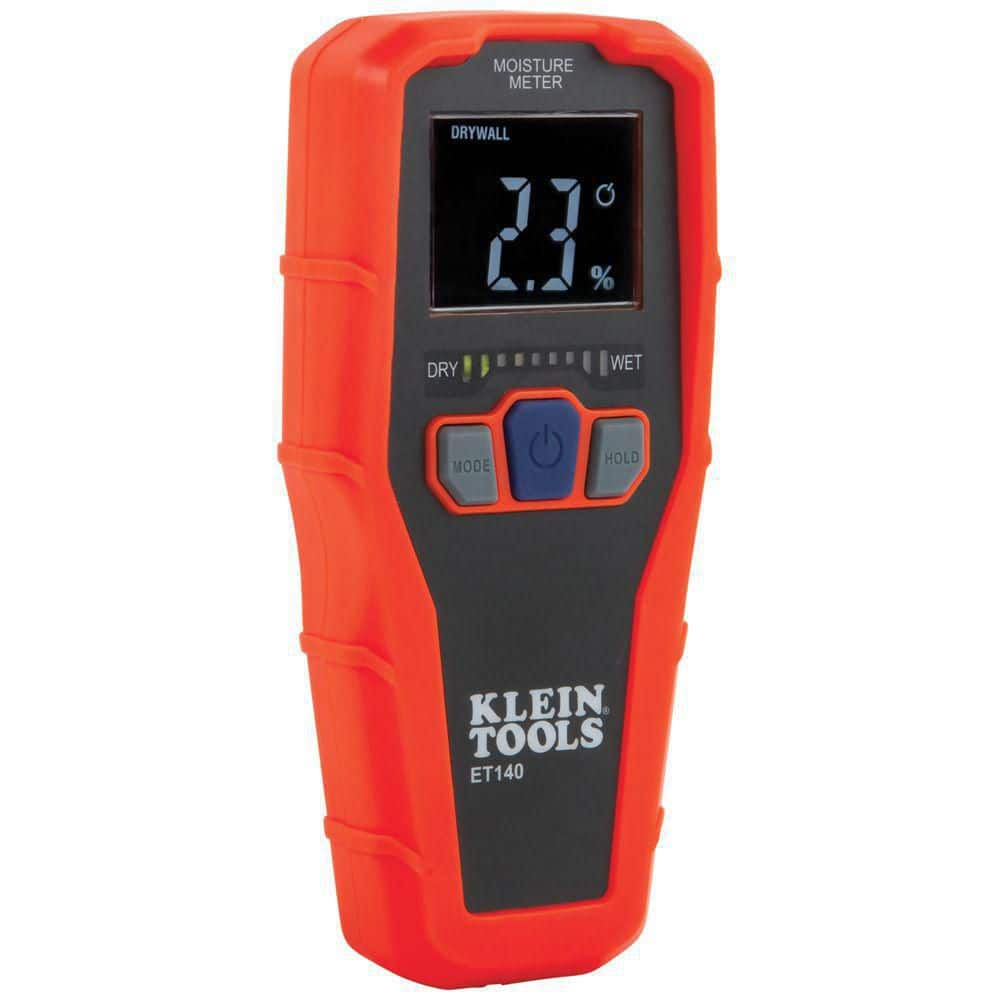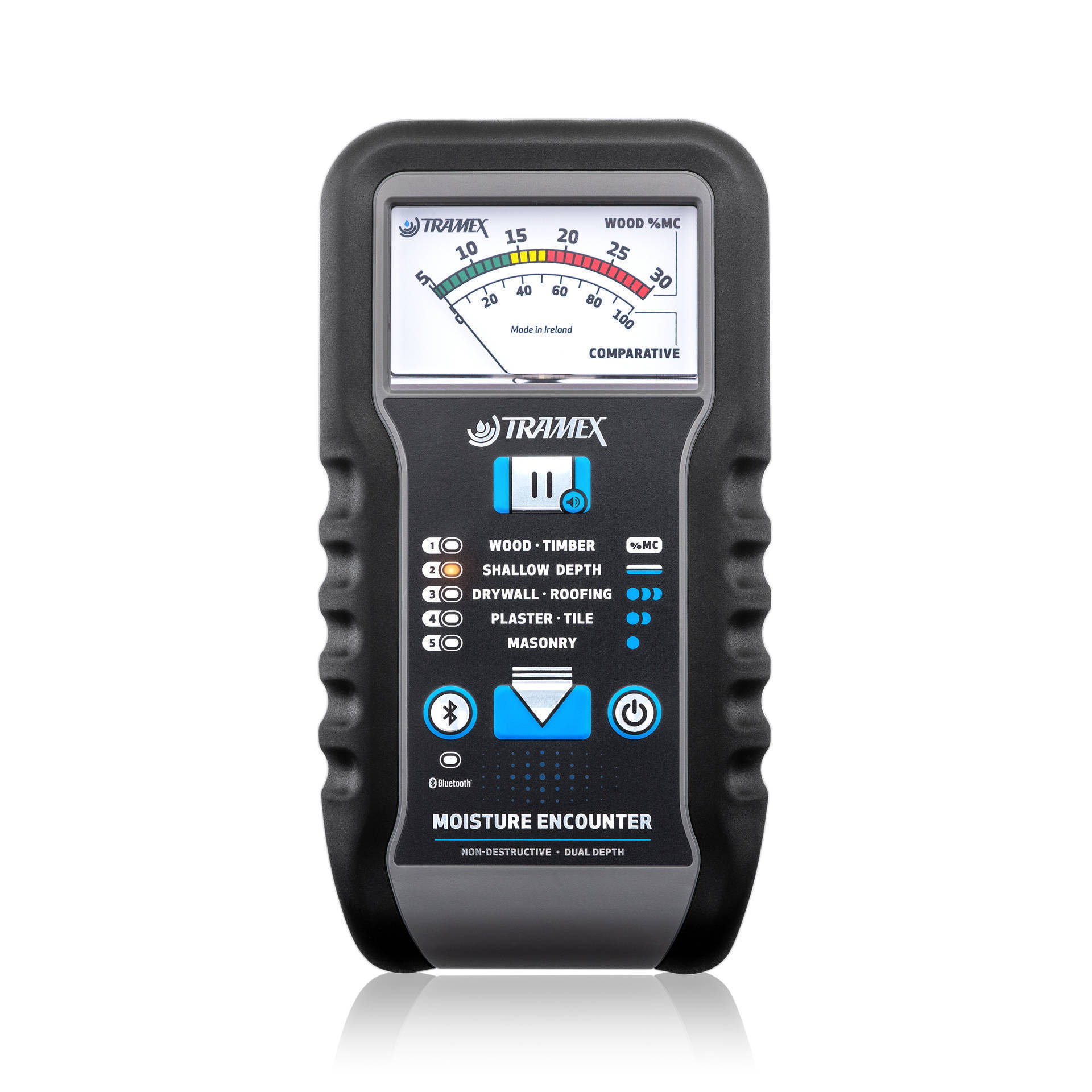The Ultimate Overview to Picking the Right Moisture Meter for Your Demands
The Ultimate Overview to Picking the Right Moisture Meter for Your Demands
Blog Article
Explore the World of Moisture Meters: Whatever You Required to Know
In the world of moisture meters exists a globe of precision and practicality that usually goes unnoticed. These gadgets, while apparently uncomplicated, hold a riches of information that can significantly influence numerous markets and applications. Comprehending just how moisture meters operate, the various types available, and their diverse uses can clarify their relevance in ensuring top quality and performance. By checking out the intricacies of moisture meters, one can discover an important tool that transcends plain dimension, providing insights that can make a substantial difference in numerous fields.
Exactly How Moisture Meters Work
Moisture meters operate by gauging the electric conductivity or capacitance of materials to identify the dampness material present. These meters are vital tools throughout numerous sectors, including building, woodworking, and agriculture. By utilizing various techniques such as pin-type or pinless innovation, wetness meters supply accurate analyses that assist experts make informed decisions.
Pin-type wetness meters function by putting the sharp pins right into the product being evaluated. The electric conductivity in between the pins is after that gauged, with greater dampness levels causing raised conductivity. Moisture Meter. On the other hand, pinless dampness meters make use of electromagnetic signals to check a bigger location without causing any kind of damages to the product's surface area. These meters are ideal for swiftly examining dampness levels in big locations or ended up products.
No matter the method used, wetness meters play an important function in protecting against issues such as mold development, architectural damage, or product problems caused by excess moisture. Recognizing exactly how these meters work is necessary for making certain the high quality and integrity of materials in numerous applications.
Sorts Of Moisture Meters
Offered the crucial duty wetness meters play in various industries, it is vital to understand the different types available to experts for properly examining dampness degrees - Moisture Meter. There are primarily 2 main kinds of moisture meters: pinless and pin-type wetness meters

On the other hand, pinless moisture meters make use of electro-magnetic sensing unit plates to scan a larger area of the product without causing any kind of damage. This type appropriates for promptly scanning big areas and is frequently utilized for flooring, walls, and ceilings. Pinless meters are practical for taking readings on completed surfaces without leaving any type of visible marks.
Both kinds of moisture meters have their benefits and are picked based on the details requirements of the task handy. Understanding the differences between these types is critical for professionals to make precise wetness analyses.
Applications Throughout Industries
Construction specialists count on moisture meters to analyze the dampness levels in building products like timber, drywall, and concrete, which is critical for maintaining architectural stability and avoiding issues like rot or mold and mildew. The floor covering market utilizes dampness meters to determine the wetness web content in subfloors prior you can try here to mounting different flooring coverings, protecting against pricey problems due to excess dampness. In the food market, wetness meters are used to monitor and control moisture check out here levels in items such as grains, nuts, and dried out fruits to keep freshness and top quality.
Tips for Using Moisture Meters
Utilize the moisture meter's calibration settings to make sure accurate readings when gauging the moisture web content in numerous materials. Calibration is critical for the appropriate functioning of a dampness meter. Before each use, it is suggested to check and adjust the calibration setups according to the particular material being examined. Additionally, see to it the meter is readied to the proper dampness variety for the product you are measuring to obtain one of the most exact outcomes.
When making use of a pin-type dampness meter, insert the pins to the proper deepness recommended for the product being evaluated. This makes sure that the moisture readings are drawn from the proper deepness within the product, supplying a more precise depiction of its wetness content. For pinless dampness meters, bear in mind to preserve proper call with the product's surface to obtain trustworthy analyses.
Routinely inspect and change the batteries in your wetness meter to stop unreliable analyses because of reduced power. When not in usage to lengthen its lifespan and keep its precision, Store the meter in a dry and secure area. By following these pointers, you can optimize the efficiency of your moisture meter and acquire specific wetness web content dimensions across various materials.
Upkeep and Calibration
To guarantee the accuracy of wetness material dimensions, regular upkeep and calibration of the moisture meter are vital steps in its proper performance. Maintenance involves keeping the dampness meter tidy and free from debris that might impact its analyses. It is essential to follow the supplier's standards for cleansing to prevent damages to the device. Additionally, normal calibration is essential to validate the accuracy of the readings. Calibration changes the moisture meter to make certain that it offers regular and dependable results.
Calibration should be performed sites regularly, particularly if the wetness meter is made use of regularly or in critical applications where specific dimensions are called for. Several dampness meters feature calibration devices or can be adjusted by specialist solutions. Moisture Meter. It is suggested to maintain a log of calibration days and results to track the performance of the dampness meter gradually. By adjusting the wetness and maintaining meter regularly, customers can trust the precision of the wetness content dimensions acquired.
Verdict

Finally, moisture meters play an important duty in different industries by properly determining the dampness material of products. Comprehending how these gadgets function, the different kinds readily available, and proper upkeep and calibration are necessary for acquiring reputable outcomes. Whether in farming, production, or building, making use of moisture meters aids make sure quality control and efficiency in procedures.

In verdict, dampness meters play a crucial role in different markets by precisely gauging the wetness material of materials.
Report this page